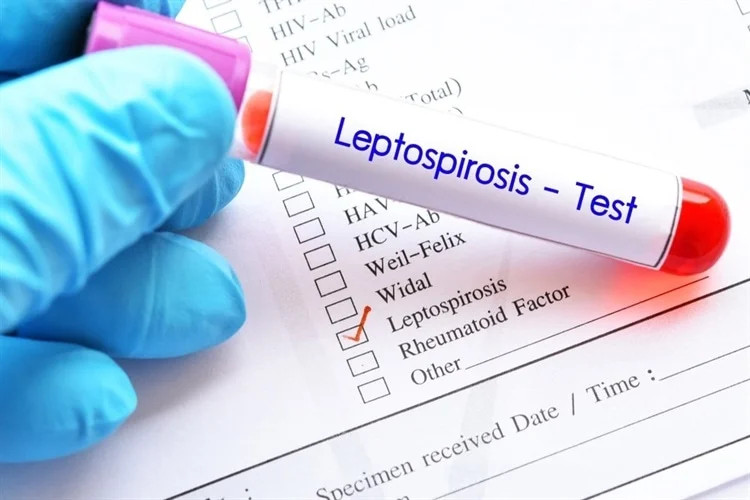By Dr. Muumin et al. (2023)
From the Department of Animal, Aquaculture and Range Sciences
Photosynthesis and respiration exert strong opposing effects on dissolved gases in earthen ponds. During daylight this provides oxygen to the water while removing carbon dioxide. At night, fish, plankton, and sediment respiration consumes the available O2 and produces CO2. This leads to daily conditions that fluctuate between being hyperoxic and hypocapnic during the day, while becoming severely hypoxic and hypercapnic at night. The effects of hypoxia on Nile tilapia have been examined in some detail, but the interacting effects of hypoxia and hypercapnia and fluctuating conditions, have not received any attention. Here we evaluated the effects of daily variations in dissolved O2 and CO2 on the appetite and feed utilization in Nile tilapia using groups reared under normoxic – normocapnic conditions (control, C), diurnal hypoxia (HO), diurnal hypercapnia (HC), or combined diurnal hypoxia and hypercapnia (HO × HC) in a digestibility system. We show that hypoxia and hypercapnia exerted strong individual effects on appetite, specific growth rate, and feed conversion, and that simultaneous hypoxia and hypercapnia amplified these effects. Appetite depression induced by nocturnal hypoxia or hypercapnia was restored at mid-day, but simultaneous exposure resulted in a day-long loss of appetite. Hypoxia and hypercapnia reduced specific growth rates by up to 40% and increased feed conversion ratio by up to 80%, while combined exposure to hypoxia and hypercapnia reduced specific growth rate by >60%. Surprisingly, the digestibility of dry matter, protein, and lipid was improved in groups exposed to single or combined diurnal variation in dissolved oxygen and carbon dioxide. It is unknown whether this is the result of the change in feed intake or represents an adaptive mechanism to satisfy an increase energy demand caused by environmental stress. Overall, we conclude that although Nile tilapia is considered resilient to environmental stress, feeding and feed utilization are strongly influenced by daily fluctuations in dissolved gases.
For more details: Click here
Hamad, M. I., Lamtane, H. A., Munubi, R. N., and Skov, P. V. (2023). Individual and combined effects of hypoxia and hypercapnia on feeding and feed utilization in Nile tilapia (Oreochromis niloticus). Aquaculture, 739239.
Share this page




